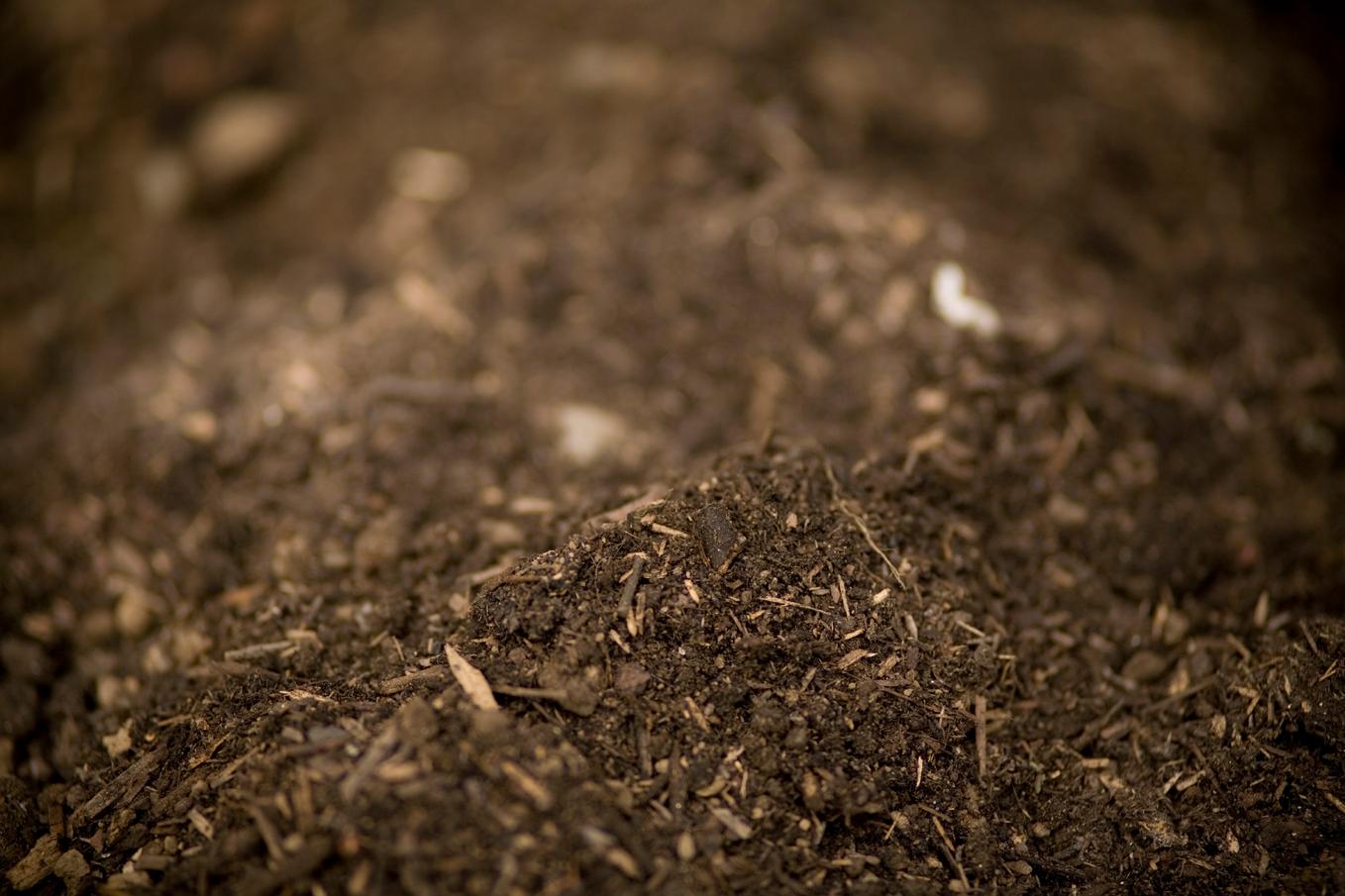It’s easy to take what happens under our feet for granted.
Whether you know it or not, thousands of species of mites and springtails are scurrying about the soil like tiny essential workers. By feasting on and excreting decaying matter, like leaves and wood, these critters move planet-warming carbon into the soil, improve its structure and supply nutrients that help plants grow.
But scientists are digging up new findings that show heat and drought, often exacerbated by climate change, are taking a massive toll on mites and springtails, Sofia Quaglia reported for The New York Times.
When the soil dries up, so too do their soft bodies. Using data from 38 studies on mites and springtails, researchers found that prolonged dry spells can slash their numbers by an average of 39 percent. And a one degree Celsius rise in temperature can cause a nearly 10 percent drop in springtail populations.
“They really do bad,” Gerard Martínez-De León, an ecologist at the University of Bern, told The New York Times. “If there are very high temperatures for, let’s say, one week, two weeks, one month, this affects them directly. Probably as much as the lack of moisture does.”
Though the underground world is incredibly rich — harboring more than half of Earth’s biodiversity — soils, and the critters that live in them, are understudied. And that lack of understanding might be the biggest problem facing soil invertebrates, Quaglia writes. If we don’t know how species contribute to the ecosystem, we don’t know what will happen if they’re lost.
“Soil has been like a black box,” Leticia Pérez-Izquierdo, researcher at the Basque Center for Climate Change and co-author of the study, told The New York Times. “And we’re now starting to open it.”
Everything we do know points to the critical role healthy soils, and the organisms living them, play in stabilizing the climate.
Take fungi. A Conservation International study found that intricate underground fungal networks work together with plants to absorb massive amounts of carbon — equivalent to more than a third of the world's annual fossil fuel emissions.
Conservation and restoration activities that protect soil are becoming increasingly urgent. The United Nations has warned that 90 percent of the Earth’s topsoil — where crops, forests and more grow — could be degraded by 2050, in part due to intensive farming practices. Degraded soil not only stores less carbon, contributing to climate change, but it also is less drought tolerant — which, in turn, makes it more vulnerable to climate change.
Fortunately, there are ways to break this downward spiral. For example, land management practices like no-till farming, sustainable grazing and planting cover crops can enhance agricultural production, increase soil fertility and boost carbon storage, while reducing the loss of topsoil through erosion. That’s a win-win-win for people and the planet.
Further reading:
